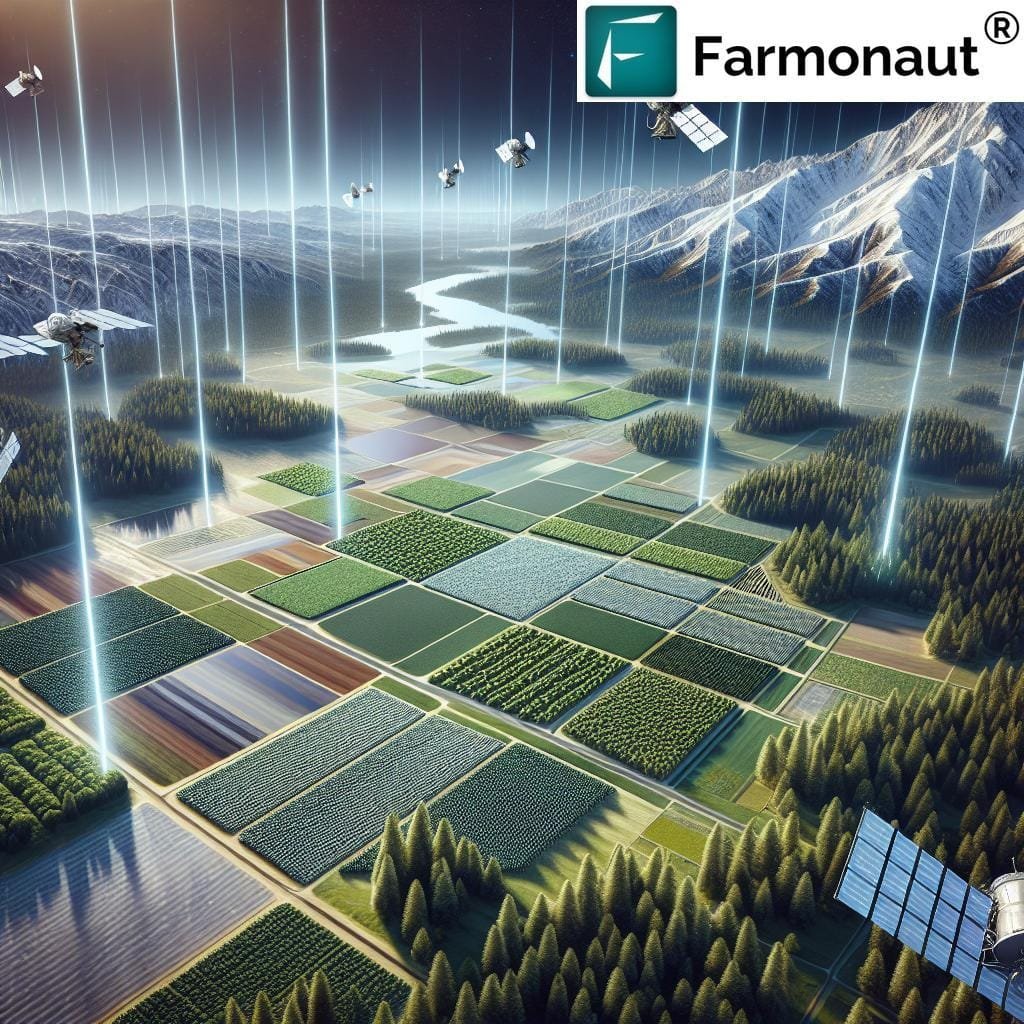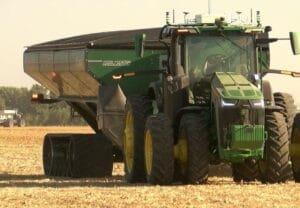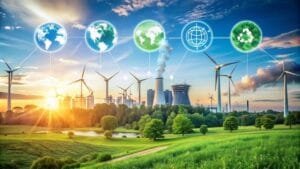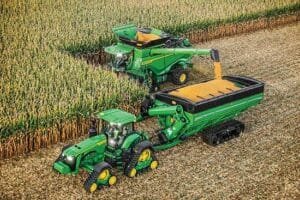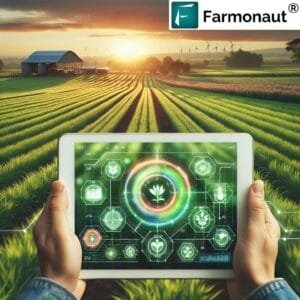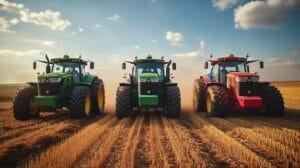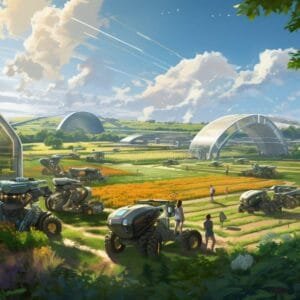The landscape of agriculture stands at a pivotal crossroads, where autonomous farming represents just one facet of a broader technological revolution. As we venture beyond self-driving tractors and automated irrigation systems, the future of agriculture encompasses elegant AI-driven crop management, CRISPR gene editing, vertical farming ecosystems, and bioengineered solutions. These emerging technologies, combined with data analytics and Internet of Things (IoT) integration, are reshaping traditional farming paradigms and addressing critical challenges in food security, environmental sustainability, and resource optimization. This evolving agricultural frontier promises not only to transform how we grow food but also to revolutionize our entire approach to feeding an expanding global population. Modern agriculture stands at the precipice of a revolutionary transformation, driven by cutting-edge technologies that extend far beyond simple automation. While autonomous tractors and drones have become increasingly common, the next wave of agricultural innovation encompasses a broader spectrum of solutions that promise to reshape how we grow, harvest, and distribute food.
Vertical farming systems are emerging as a viable solution to urban food production challenges. These sophisticated installations utilize hydroponics and aeroponics,combined with AI-controlled environmental systems,to produce crops year-round in controlled settings. The integration of smart sensors and machine learning algorithms enables precise management of nutrients, water, and light, maximizing yield while minimizing resource consumption.Genetic engineering has evolved beyond traditional GMO approaches, with CRISPR technology enabling precise modifications to crop DNA. Scientists can now enhance plant resistance to diseases, improve nutritional content, and develop varieties better suited to changing climate conditions. This targeted approach to crop betterment represents a significant advancement over conventional breeding methods.
Blockchain technology is revolutionizing agricultural supply chains by providing unprecedented openness and traceability. Consumers can track their food from seed to table, while farmers can better manage inventory and verify the authenticity of their products. Smart contracts automatically execute transactions, reducing paperwork and ensuring fair compensation throughout the supply chain.
Artificial intelligence is transforming crop management through predictive analytics and real-time monitoring. Advanced algorithms analyze satellite imagery, weather data, and soil conditions to forecast potential issues before they arise. These systems can predict disease outbreaks, optimize irrigation schedules, and determine the ideal harvest time for maximum yield.
Robotics in agriculture has evolved beyond simple automation to include sophisticated systems capable of selective harvesting, precision weeding, and crop monitoring. These robots utilize computer vision and machine learning to identify ripe produce, distinguish between crops and weeds, and make real-time decisions about treatment applications.
Biotechnology advancements are leading to the development of self-fertilizing crops that can fix nitrogen from the air, reducing the need for chemical fertilizers. Scientists are also working on crops that can communicate their needs through chemical signals, enabling more precise and efficient resource allocation.
Edge computing and 5G networks are enabling real-time decision-making in the field. Sensors and processing units installed directly on farming equipment can analyze data and make adjustments without requiring constant communication with central servers,improving efficiency and reducing latency.
These technological advancements are converging to create a more sustainable and efficient agricultural system. As climate change continues to present challenges to traditional farming methods, these innovations offer solutions that can help ensure food security while reducing environmental impact. The integration of these technologies is creating a new paradigm in agriculture, where data-driven decisions and precise control mechanisms optimize every aspect of food production.


